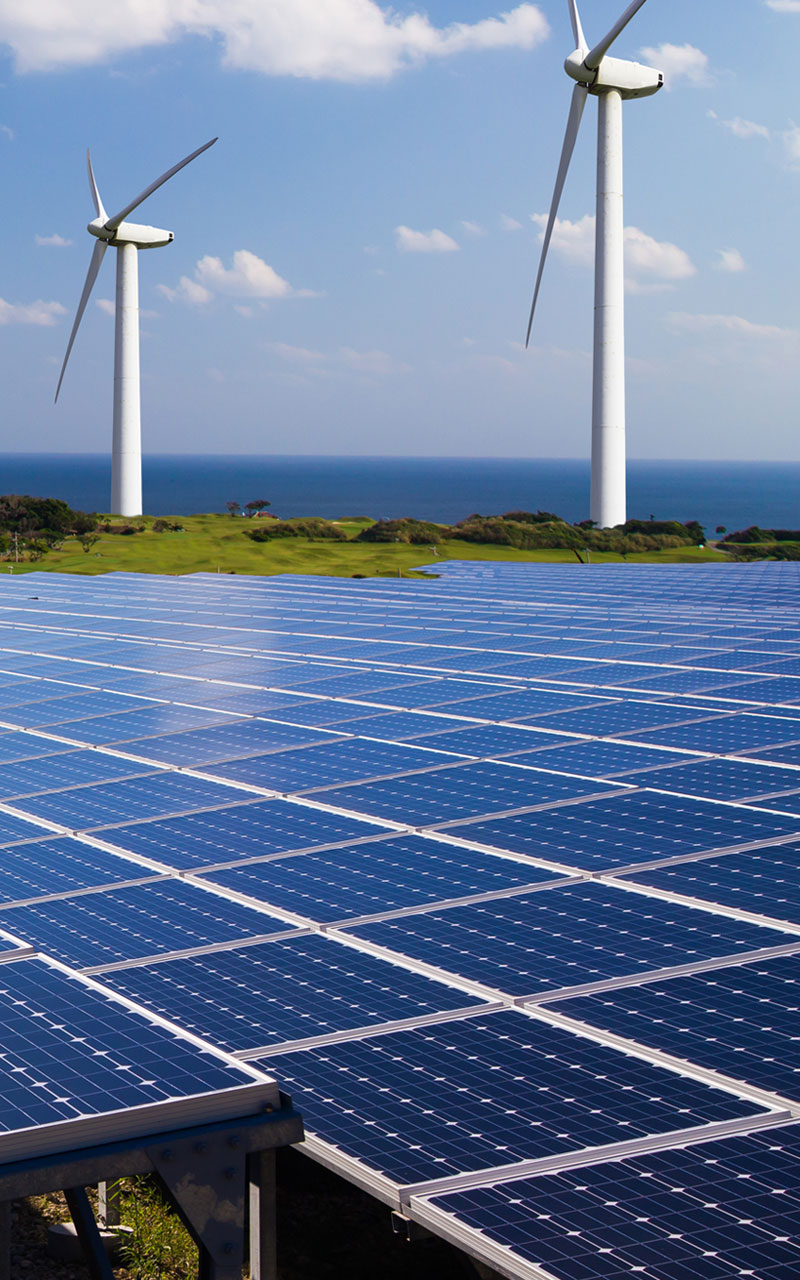Reviewing Free Energy Generators. A Response to My Video “Nikola Tesla’s Greatest Invention”- 102
A response to my video “Nikola Tesla’s Greatest Invention. How it Works.” If you want to chip in a few bucks to support these projects and teaching videos, please visit my Patreon page or Buy Me a coffee. Watch part 2 Here 👉https://youtu.be/Np1Ixd7FWzI
Coffee.
https://www.patreon.com/jeremyfieldingsr
https://www.buymeacoffee.com/jeremyfielding
This is the first video is a series. Playlist here.
👉https://www.youtube.com/playlist?list=PL4njCTv7IRbyi9Hft-9ZLZJCDT7fQbmaO
The Nikola Tesla video
👉https://youtu.be/hZxD1hwntqY
How to measure the Horsepower of any electric motor
👉https://youtu.be/1Pd0lUKWe7o
A Beginners Guide to Relays
👉https://youtu.be/AvwBcu3e9O4
How DC motors work for beginners
👉https://youtu.be/onjFFoOC_yk
Electroboom The curious case of free energy devices.
👉https://www.youtube.com/watch?v=06xFhUHFnx8
Electronoobs. He produced a detailed walk through of one of the more successful scams on YouTube.
👉https://youtu.be/-vaD24Y3L5I
Social media and websites
Instagram https://www.instagram.com/jeremy_fielding/?hl=en
Twitter https://twitter.com/jeremy_fielding
My websites https://www.jeremyfielding.com
My other channel
Fatherhood engineered channel
https://www.youtube.com/channel/UC_jX1r7deAcCJ_fTtM9x8ZA
************************************
Notes:
👉 Frequently asked questions in the comments.
→Can you capture the wind energy of the car at highway speeds with a windmill or air ducks etc?
The short answer is no.
Exactly like the alternator, the windmill acts like a brake resisting turning and slowing down the car.
If you add a windmill or scoop or “x” to the car, it will produce more drag and slow the car just like a brake would. The mechanical power needed to spin the windmill will be slightly more than the electrical power created to turn the windmill. The car has to supply the extra mechanical power to keep the car in motion. You will waste more power than you gain back.
→Why not add solar panels to the roof, hood etc to use the suns energy?
It would increase the weight of the car, and GREATLY increase the cost of the car, for very little charge. Solar panels are not very efficient compared to their weight. So it a nice idea for a big stationary object like a house, but not so much for something that has to use power to move them all over town. Parking in the shade or in a garage lowers their benefit as well. I personally don’t think people would pay the difference in cost for this very small benefit. In fact, the weight might completely waste the added charge by using more power when you drive. As their weight reduces and efficiency improves this might change in the future. There are car companies that have reduced the weight of the car and made very large panels such that the car gets a lot of power from solar, but those few car options cost over $100k. This might change in the future.
→What if you add a second battery and switch back and forth, charging one as you drive on the other.
If you re-watch the segment where I use the cups to show the flow of power, you will see an example of why this doesn’t work. You are literally just charging one battery with the other when the process is boiled down to where the energy went. To simplify, it flows from battery #1 to motor, then motor to wheels, then wheels to alternator, then alternator to battery two. The problem is each mechanism is wasting some power, and because the second battery is a load just like the alternator, you are also running the first battery down faster by some amount that is greater than the energy that goes into battery two. You are powering the motion of the car and at the same time charging battery two. All of that power is coming from battery one. The important thing is the power out of battery one is more than the power needed to just drive the car. It is driving power +charging power! You will get more mileage without this system, and that is why no one uses it.This is very easy to test with a remote control car, an extra DC motor to act as a generator, batteries and a multimeter at home.
Nothing yet



Leave a Reply